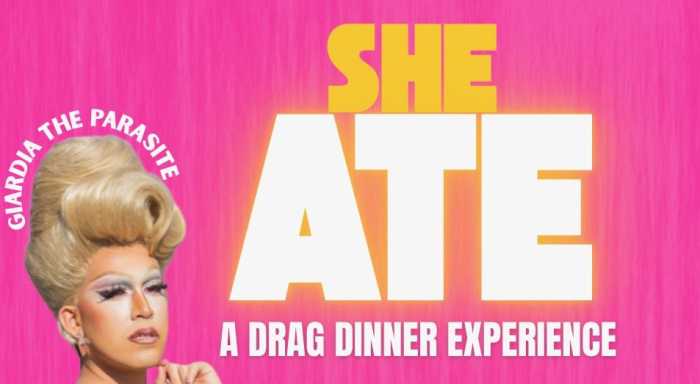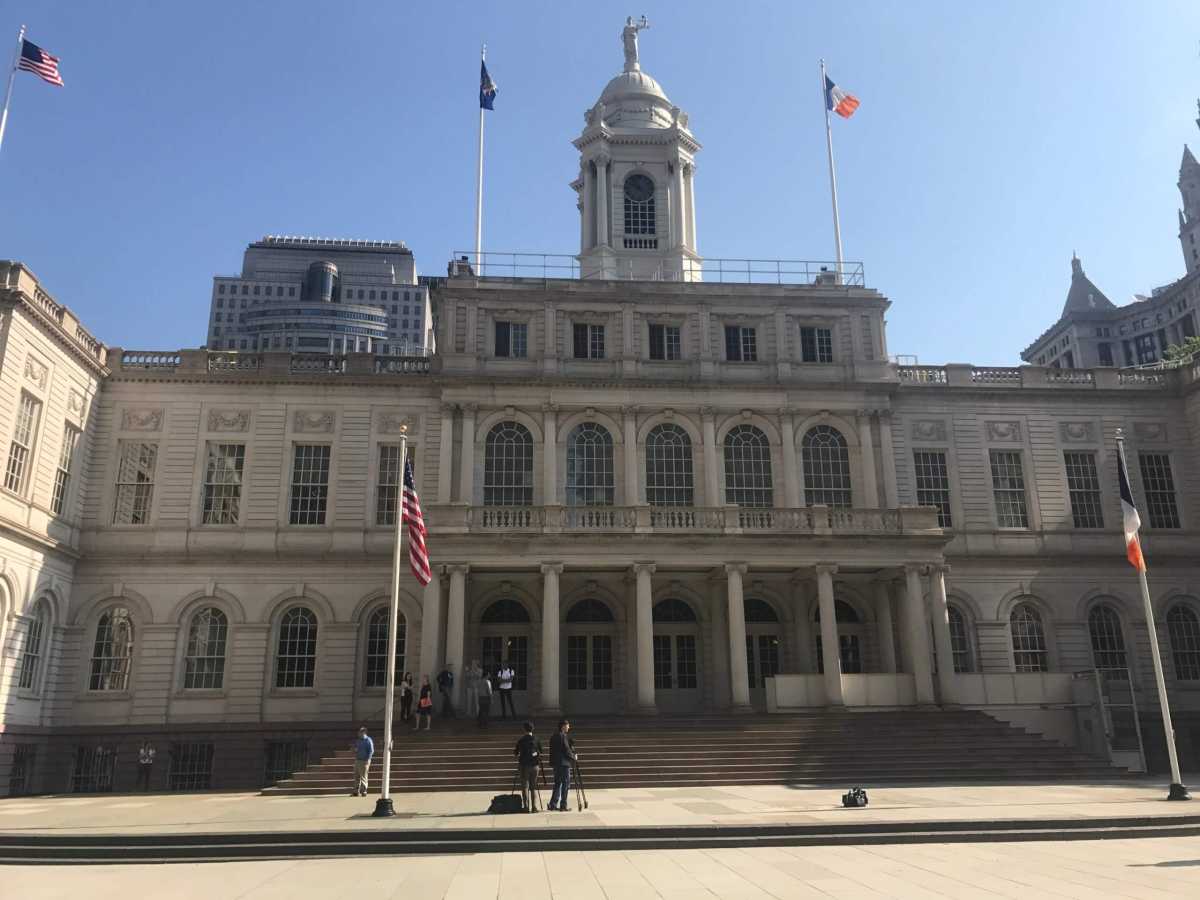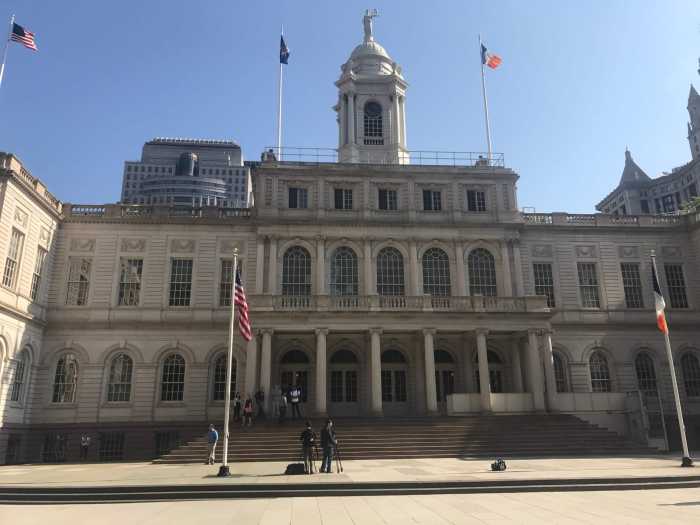New Yorkers are shelling out big bucks at supermarkets when buying groceries, as food prices continue to climb relentlessly. The rising cost of basic food items has become a major concern for New Yorkers, impacting household budgets across the city.
As the mayoral election draws closer, the issue of food affordability has taken center stage, with some candidates offering their proposals to alleviate citizens’ financial burdens.
Mayor Eric Adams, who is vying for a second term, began his first mayoral campaign in 2021, just as inflation and other economic whammies were rapidly shaping prices of goods and essential items. Elected in 2022, Adams made his mark in office by mitigating rising prices with affordability announcements, including a 2024 proposal to lift income taxes for low-income New Yorkers.
“This administration has put $30 billion back into the pockets of working-class people,” the mayor told amNewYork.
On July 10, Adams also announced an additional $80 million for expanded child care, another costly but essential service that hurts many low-income families in the city.
“The numbers are clear when it comes to fighting for affordability,” Adams said.
Could city-run supermarkets work?
At the center of affordability messaging in the mayor’s race is frontrunner Zohran Mamdani’s supercharged plan to create city-funded supermarkets to keep down grocery prices.
It is not clear if the city supermarkets would replace Stop&Shop and similar big-box grocers. However, the taxes these food giants pay would help support the socialized stores—essentially funding their competitors.
“We will redirect city funds from corporate supermarkets to city-owned grocery stores whose mission is lower prices, not price gouging,” Mamdani said in an announcement, adding that they would not operate to make a profit.
Mamdani, a NYS Assembly Member representing parts of Queens, described the city-run stores as a “public option” for New Yorkers.
Mamdani’s team did not respond to an inquiry from amNewYork asking for more information about the candidate’s plan, as it poses many questions. But Dora Pekec, a spokesperson for the candidate, told NY1 News last month that New Yorkers are “stretched thin” because of grocery costs.
“We can’t keep ignoring a crisis that’s making the city unlivable for working families. Zohran Mamdani has a clear plan: build grocery stores in food deserts that guarantee lower prices so every New Yorker can put affordable, healthy food on the table,” Pekec said.
Adams has criticized the plan, saying it is likely to fail, and compared it to government-owned markets in socialized countries.
“I have been to Cuba and Venezuela,” Adams said. “The long lines and bad products failed there and they will fail here. And the goal is not to use the government to destabilize immigrant and middle-income grocery stores and our city.”
Christopher Ball, an associate professor of economics at Quinnipiac University in Connecticut, does not see city-run supermarkets as a viable plan for affordable food in NYC.
“From an economic perspective, this kind of stuff is tried periodically and always ends up failing,” Ball said. “The honest answer is that there is frequently an exciting period. Imagine this opened on Monday. There would be a lot of fanfare, a lot of media coverage, prices would be 20% lower than all the other grocers. And then, you don’t hear much about it.”
Ball said problems would arise quickly, including “arbitrage,” which essentially means buying and selling items in the street to profit from local price discrepancies.
But also, the professor explained, a profit incentive encourages good service, quality items, and a well-taken-care-of brick-and-mortar store for customers to have an enjoyable shopping experience.
“And so, when you try and provide something for free, and try not to have any profits involved, it always seems noble, but it doesn’t provide the owner of the space any incentive to keep it up. So, you’re going to have a bunch of stores that literally the city is going to have to finance more and more as the days go by.”

Greg Silverman, a chef and CEO and executive director of the West Side Campaign Against Hunger, said his organization raises money to buy food. With cuts to social programs looming, he said, politicians will have to plan for food insecurity, “because it won’t be solved by charity.”
“The cuts are coming on the federal side of things. They are going to demand that the city and the state step up further,” he said. “We’re not seeing any of that yet. Some people are going to have to come up with some plans, and it doesn’t matter who’s in office, but they’re going to be forced to come up with some plans to support the network, because it’s not going to be solved by charity.”
While Silverman did not directly say whether Mamdani’s plan could work, he reiterated the importance of focusing on food insecurity.
“One key thing we need to remember is that talking about access to food is an important topic,” he said. “We want to see every elected official talking about this and coming up with plans.”
Would a city supermarket run like the DMV?
Anthony Pena, vice president of the National Supermarket Association, which represents independent supermarket owners in NYC and other East Coast cities, described Mamdani’s plan as a “bad move” because his members would be competing against the city.
“A lot of our business owners are mom-and-pop grocery store operators, and really fight for their right to survive. We just think it’s bad for the city to spend money on a project that has absolutely no way of succeeding,” he said. “The city can’t even fix its potholes or provide the basic services at a decent quality, then how are they expected to run a business as complex as a grocery store?”
Most grocery stores profit from purchasing in volume, and manufacturers typically offer discounts for this. Pena explained that this business model would be difficult for the city to follow, especially if it wanted to maintain a diverse and quality array of products for customers to choose from.
“Imagine the DMV on a grocery store level,” he said.
Supermarket grant programs from the city
Meanwhile, Pena said no matter who wins the contentious NYC mayor’s race, there is a way the city can help lower grocery prices while still supporting local grocers. He suggested a grant program for independent stores and explained how it could work.
“Say listen, ‘In order for you to qualify for this grant, you have to have these essential categories at 10% cheaper than market value,’” he said. “That’s a better way of using money.”
Like Mamdani, Curtis Sliwa, an Independent and lone Republican in the mayor’s race, recognizes the affordability crisis in NYC. Sliwa, founder of the Guardian Angels who is known for daily campaigns in the subway system, has also engaged with New Yorkers outside of big-name supermarkets in the city.
Sliwa, who once worked stocking shelves at a major grocery store chain, told amNewYork that rising grocery costs require a mayor to respond by cutting costs wherever possible.
“I will lower taxes, cut regulations and taxes on businesses to reduce costs, put tax dollars back in New Yorkers’ pockets, and work to remove city taxes on groceries,” he said. “I’m the only candidate who has worked in a grocery store and I know the plight of New Yorkers.”
Are some grocery prices going down?
Sticker shock continues to plague shoppers, but there does appear to be a bit of relief. In 2023, amNewYork’s sister publication, Staten Island Parent, reviewed prices at ShopRite in Charleston on Staten Island. The store-brand dozen eggs sold for $4.79. A family-size box of Cheerios went for $7.49.
Just one week ago, at that same store, the egg prices dropped to $3.99. The cereal price was down to $4.49.

At Key Food in Staten Island’s South Beach, the cheapest large dozen eggs sold for $4.79 in 2023; today, they are listed at $3.99; family-size Cheerios were not stocked last week for price comparison.
Meanwhile, whatever price tags say, many people in NYC continue to experience hunger. According to a 2024 Poverty Tracker Spotlight from the nonprofit Robin Hood, in collaboration with Columbia University’s Center on Poverty and Social Policy, one in three adults (31%) and nearly half of families with children (44%) experienced a food hardship in 2023.
The report showed that the number remained consistent with the previous year’s study.
Leslie Gordon, CEO and president of the Food Bank For NYC, told amNewYork that the next mayor should work with the governor and other electeds “at every level” to safeguard and expand safety-net programs like the Supplemental Nutrition Assistance Program (SNAP).
“Federal rollbacks to SNAP threaten millions of New Yorkers, including hard-working families already struggling to make ends meet,” she said. “When those benefits are weakened, demand on already stretched local food providers skyrockets, which is why we also urge the next mayor to fully fund and guarantee the Community Food Connection (CFC). This essential program provides emergency food assistance to more than 700 food pantries and community kitchens across the city.”
Gordon added that help from the mayor is necessary to alleviate hunger throughout the city.
“But we cannot do it alone,” she said. “Bold, sustained leadership from City Hall is essential to protect the lifelines that keep families fed and to strengthen the systems that respond when those lifelines fall short.”
Jerome Nathaniel, director of policy and government relations at City Harvest, echoed those points, saying the “most critical thing that any leader of our city must do” to address food insecurity is to address the feds’ impact on SNAP.
“The need for food assistance is already at a record high in our city, and we know that more families will be in need of food assistance because of gaps left by federal SNAP cuts that the charitable network cannot make up,” he said. “The city’s leader will need to work with Albany to support our neighbors, and on the city level must fully fund programs like CFC.”
Meanwhile, former governor of New York, Andrew Cuomo, has a plan to expand the SNAP program.
“It actually captures food-insecure people that are just out of reach for SNAP, in order to grab that middle,” Rich Azzopardi, a spokesperson for Cuomo, said.
Cuomo’s plan would expand food subsidies by addressing the benefits cliff for those earning just above the SNAP eligibility threshold (typically 130% of the federal poverty level).
According to Cuomo’s campaign, approximately 350,000 individuals just above the SNAP eligibility level would receive food support benefits, totaling $1,200 per year for those at 131% of the federal poverty level (about $41,800 for a family of four) and scaling down to $300 per year for those earning 150% of the federal poverty level ($48,225 for a family of four). The initiative will cost approximately $250 million, the campaign said.
Overall, the NYC mayoral candidates proposed various plans to combat food insecurity. Election Day is Tuesday, Nov. 4, but New Yorkers can cast their votes during early voting, which begins on Saturday, Oct. 25.






































